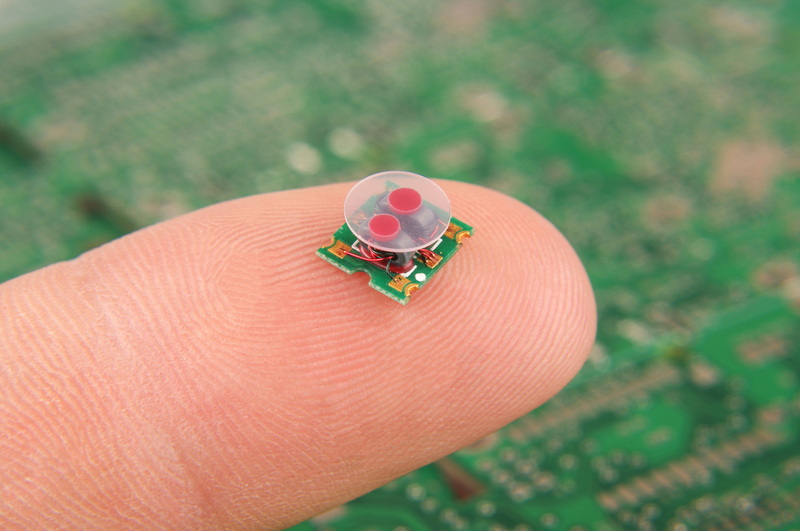Wearable biosensors help wound healing process by imitating skin
ANI Apr 05, 2019
Researchers have developed biosensors that are structured similarly to that of the skin's microarchitecture and helps in the process of wound healing.

The research was published in the Journal of Biosensors and Bioelectronics. "We eventually hope that these sensors and engineering accomplishments can help advance healthcare applications and provide a better quantitative understanding in disease progression, wound care, general health, fitness monitoring and more," said Matthew Brown, a PhD student, Binghamton University.
Biosensors are analytical devices that combine a biological component with a physiochemical detector to observe and analyse a chemical substance and its reaction in the body. Conventional biosensor technology, while a great advancement in the medical field, still has limitations to overcome and improvements to be made to enhance their functionality.
Researchers developed a skin-inspired, open-mesh electromechanical sensor that is capable of monitoring lactate and oxygen on the skin. "We are focused on developing next-generation platforms that can integrate with biological tissue (e.g. skin, neural and cardiac tissue)," said Brown. This wearable sensor is equipped with gold sensor cables capable of exhibiting similar mechanics to that of skin elasticity.
The researchers hope to create a new mode of sensor that will meld seamlessly with the wearer's body to maximize body analysis to help understand chemical and physiological information. "This topic was interesting to us because we were very interested in the real-time, on-site evaluation of wound healing progress in the near future," said Brown. "Both lactate and oxygen are critical biomarkers to access wound-healing progression."
Researchers hope that future study will utilise this skin-inspired sensor design to incorporate more biomarkers and create even more multifunctional sensors to help with wound healing. They hope to see these sensors being developed incorporated into internal organs to gain an increased understanding about the diseases that affect these organs and the human body.
"The bio-mimicry structured sensor platform allows free mass transfer between biological tissue and bio-interfaced electronics," said Koh.
"Therefore, this intimately bio-integrated sensing system is capable of determining critical biochemical events while being invisible to the biological system or not evoking an inflammatory response, Koh added.
-
Exclusive Write-ups & Webinars by KOLs
-
Daily Quiz by specialty
-
Paid Market Research Surveys
-
Case discussions, News & Journals' summaries